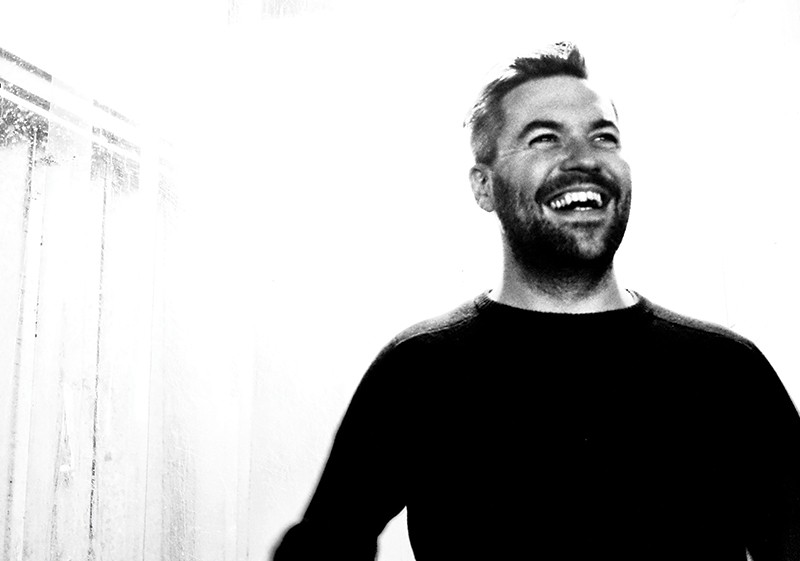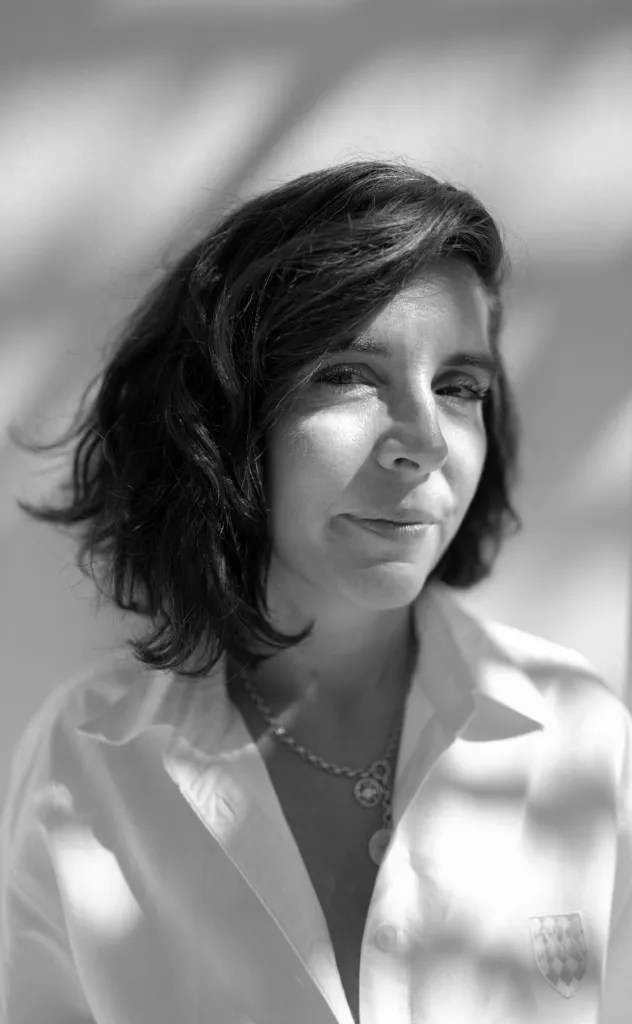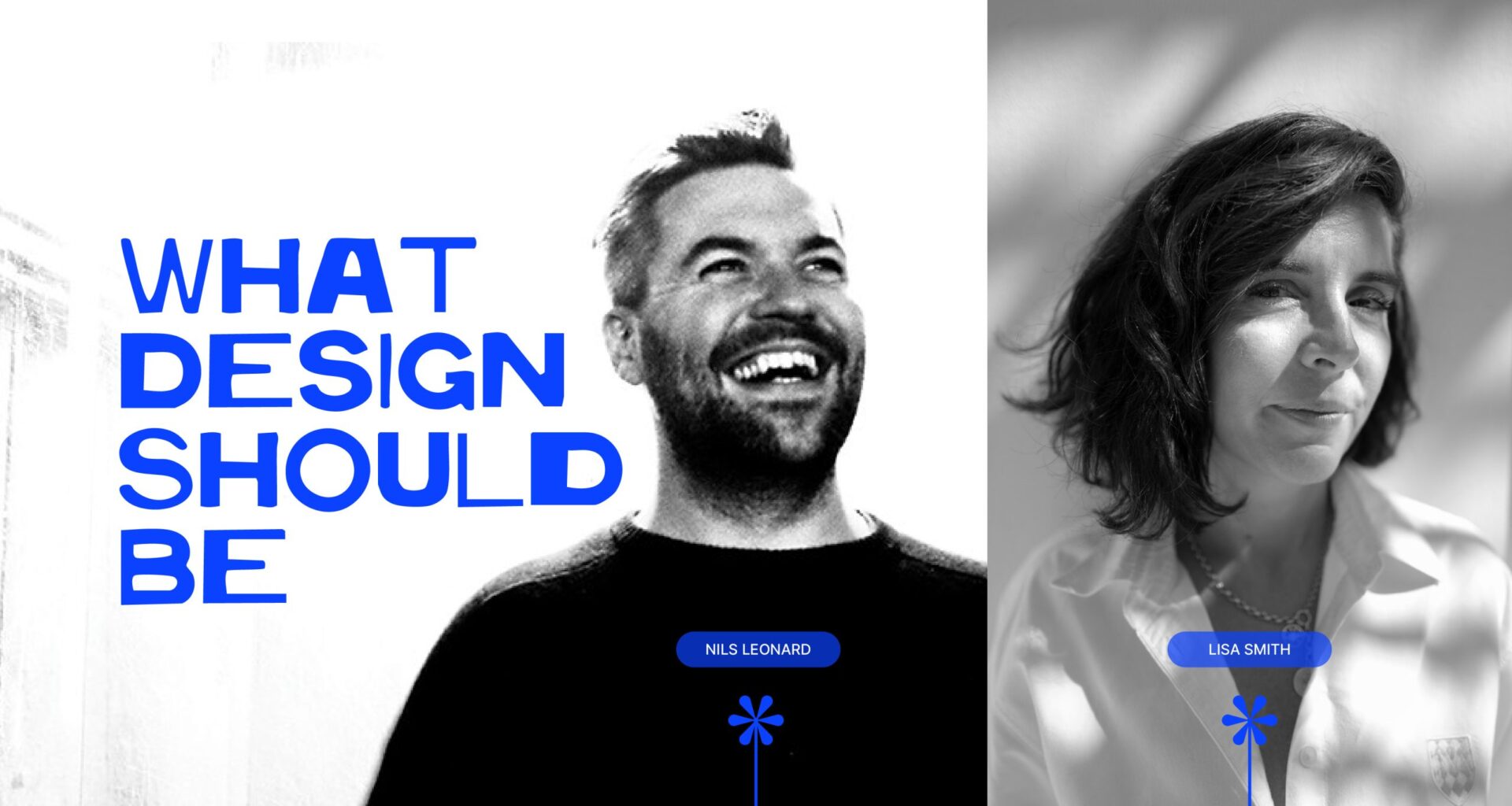Design, at its best, has always been a tool for transformation. Yet, too often today, it feels trapped, shrinking into silos, bogged down in debates over fonts and microtrends, or commodified into low-cost content churned out at speed. We’re living in a moment where sameness threatens originality, and education funnels young designers into systems that prepare them for yesterday’s industry, not tomorrow’s. The creative industry has never been more visible, yet perhaps never more vulnerable, with too much of it locked in small battles over aesthetics rather than solving big problems. Add the AI noise, causing more panic than possibility, and the conversations surrounding design risk, which miss the point entirely: design should matter.
It’s within this tension that Uncommon thrives. The London- and New York–based studio has built its reputation on audacity — work that cuts through noise, shapes culture, and aims to outlast its makers. In a candid conversation with co-founder Nils Leonard and newly appointed global chief design officer Lisa Smith, the pair doesn’t just reflect on where the industry is; they pull no punches about what’s broken, what needs dismantling, and why design must be braver, louder, and more ambitious. What follows is less a polite Q&A than a call to arms for designers everywhere. (Conversation lightly edited for length and clarity.)


Left: Nils Leonard, Right: Lisa Smith
Lisa, you’ve just stepped into the role of Uncommon’s first global chief design officer, joining a studio known for its provocative, culture-shaping work. I’m curious to know why the move? What excites you most about this moment, and how does Uncommon’s philosophy align with where you want to be and where you believe the industry is headed?
LS: Thank you. Design is not new to Uncommon; it’s been here since the very beginning. What’s exciting is how the practice has been establishing itself in London. In the past two years, we’ve also set up in New York, where design is still smaller in comparison to the other creative disciplines. I’ll probably have more to focus on there because design is much more established in London.
The idea of a global design capability — answering the best briefs in the world and pulling the right talent for those briefs — is exciting. But the main reason I joined is the sense of limitlessness. Here, we can dream and make anything we want. Traditional brand practices, no offense, often stop at guidelines. That wasn’t always the case at JKR, since they had a strong packaging capability, but in general, the output was specific.
At Uncommon, it’s different. We can integrate communications, experiential, and design. Design has always sat at the heart of business. I saw that when I worked in-house at Chobani, where design was powerful from end to end. Here, I feel like I’ve landed in a home. I’m so excited, I don’t know which way to go. We make a lot of things, and I need to get better at prioritizing. But it’s very, very exciting.
Lisa’s work at Chobani.
Nils, tell me a little more about Lisa’s new role. How did you get to this point? Where did you find the need for this kind of expertise to oversee Uncommon’s global aspects?
NL: A couple of things. Uncommon’s view of design is similar to our view of the world. The industry has grown design, rightly or wrongly, into a certain mold. There are familiar traps, as Lisa mentioned, the way practices work, where they start and stop. We’ve always been slightly deluded or audacious enough to believe we could do far more.
The studio loves to make. A few years ago, someone asked me, ‘What does success look like in three years?’ I realized it wasn’t about awards at all. It was about the kinds of briefs we’d get. We fantasized about “reference point briefs” — like the Olympic torch, the 9/11 Memorial — things that would outlast us. I thought, what would it take for us to get those kinds of briefs? To really believe we could do them?
The fantasy was to build a studio that became a snapshot of the best talent. At some point in the future, you’d take a picture and say, ‘Oh my God, everyone who mattered, everyone making waves, spent time here.’ That was the dream.
We weren’t sitting with a list saying we needed a global chief design officer. Our design practice was already brilliant. But I’d known Lisa for a while — been irritated and jealous of her in equal measure on juries and such. The idea of working with her, having her influence the design output, could take us further than we imagined.
What I loved is that she’s as frustrated as we are by the industry, by the traps, by the sameness. Lisa has been responsible for some movements within design that became best practice. Now those need to be broken and changed again. We both felt the level needs to rise, the energy needs to shift. That was the common ground.
So this wasn’t about a hire that made sense to clients. We didn’t need to do that. It was about adding someone who could help us become the studio we had always dreamt of.
Uncommon’s work with EA Sports.
People have lost sight of design’s power to transform, to solve real problems.
Lisa Smith
Let’s talk about the state of design today. Where do you both feel it stands, and how should it evolve?
NL: Honestly, design often gets reduced to a slightly different shade of blue. Most briefs fall into two categories: ‘Don’t mess this up, just get it done,’ or ‘Let’s smash this.’ We’re interested in the latter, the ones that demand attention, that will outlive the studio, that decide whether a brand or experience thrives or dies. That’s how I’ve always viewed design.
LS: Right now, design is siloed and competitive. Everyone’s poking at each other, and it’s getting smaller and meaner. I’ve sat on juries where work was dismissed because someone didn’t like a font. Too much is about personal taste, tropes, or trends.
We had the “sea of sameness,” then “blanding,” and now, post-pandemic, everything is expressive but still looks the same — same fonts with ink traps, same bright colors. I’d love jurors to filter out the noise and focus on who’s solving the most interesting problems with the most interesting solutions.
People have lost sight of design’s power to transform, to solve real problems. Traditional ad agencies are building design practices for the wrong reasons: for land grabs, not intention. The industry is in a funny place. The world is changing, but not everyone is keeping up.
NL: I agree. We want our design to matter. The industry has gotten stuck fighting over micro points of view, instead of taking a stance on the whole. We’ve lost belief in our right to have a point of view on the world.
The best people at Uncommon — and outside it — want to matter and to make famous work. There’s an inbuilt dissatisfaction that drives them. That’s partly on the industry, partly on clients who don’t always realize the privilege of shaping major brands.
The industry has gotten stuck fighting over micro points of view, instead of taking a stance on the whole. We’ve lost belief in our right to have a point of view on the world.
Nils Leonard
Uncommon’s work with The Ordinary.
Let’s talk education. Personally, I believe the system contributes to silos. Young designers often graduate unprepared for how the industry actually functions. What are your thoughts on education and the future of teams?
LS: I never wanted to go to college, but I did because I didn’t know how else to get into what I wanted. Afterward, I knocked on Mother’s door in London and said I wanted to be an art director. They told me I needed a writer, and I had no idea where to find one. I’d just spent years in Bath, in a small town, not understanding the formalities of the industry. That naivety got me going, in a way.
Now, working with the D&AD Shift program has changed my perspective. Nontraditional backgrounds often produce the bravest creatives. These students are already working jobs, hustling nights and weekends to find a new career path. Their bravery and drive are inspiring, and the industry needs to meet them with mentorship and support.
The pandemic wrecked junior talent. Without in-person mentorship, many got lost. Graphic design courses were oversubscribed pre-pandemic, which flooded the industry with mediocrity. Now, clients want a year’s work done in three months, and it’s tough to bring juniors into that. If we don’t support the next generation, the industry will phase itself out.
NL: At Uncommon, my dream has always been that in ten years, people could spot someone and say, ‘They must have worked at Uncommon.’ That would prove we had an impact on their careers.
In the age of AI, taste is more important than ever. You can’t teach taste, but you can teach people to seek diverse inputs. If everyone looks at the same TikTok trends, nothing new emerges. Designers need to hunt for unexpected references; Caravaggio instead of memes. That’s what sets people apart.
Nontraditional backgrounds often produce the bravest creatives.
Lisa Smith
What qualities do juniors need to succeed at Uncommon?
NL: Independence. The ability to make things happen without a team of twelve. A brazen relationship with fame. Articulation, even if you’re scared, to get your ideas into the room. And the ability to learn fast.
Taste develops over time, but those qualities make people shine here.
LS: Hunters stand out. People who dig deeper into brand audits, who find references you can’t Google. You don’t need college for that — you need curiosity and persistence.
Uncommon’s work with Port Magazine.
How do you see AI impacting design and education?
NL: AI is just another tool. If it helps remove barriers between your idea and reality, great. If you’re using it to churn low-cost content, you should be scared. But the real threat isn’t AI, it’s apathy. Too many people spend more time worrying about AI than making work.
LS: Exactly. I don’t care what program you use — Illustrator, Photoshop, AI — what matters is the idea. Some AI illustrators are doing fascinating things, but it takes real craft. Democratizing design doesn’t scare me. If anything, it elevates the industry.
NL: If you’re in the business of low-cost, high-volume content, then yes, you should worry because automation will replace you. But if you sell high-end, provocative, visionary creativity, you’re fine.
The real threat isn’t AI, it’s apathy.
Nils Leonard
Finally, what excites you most about Uncommon’s future?
LS: Building the New York team, curating global talent for the best briefs, and leaving a mark across industries, from airlines to sports. I always want to learn, try new things, and expand into areas we haven’t touched yet.
NL: For me, design is the most exciting practice in the studio because it’s the least messed with. We want work that matters, that provokes, that divides. Lisa’s fearless, and together we can push design to a place that truly matters.
Lisa’s work with Burger King.

